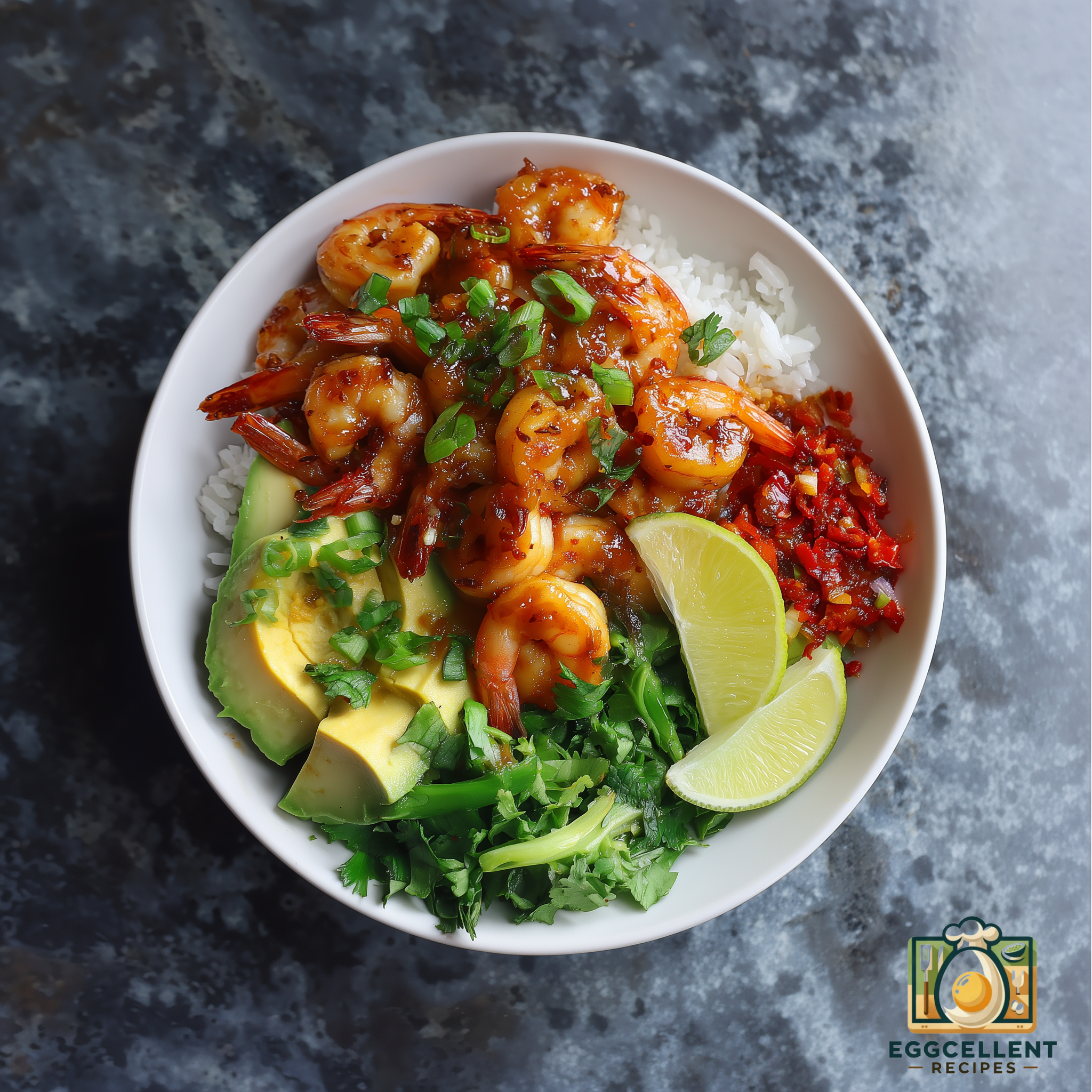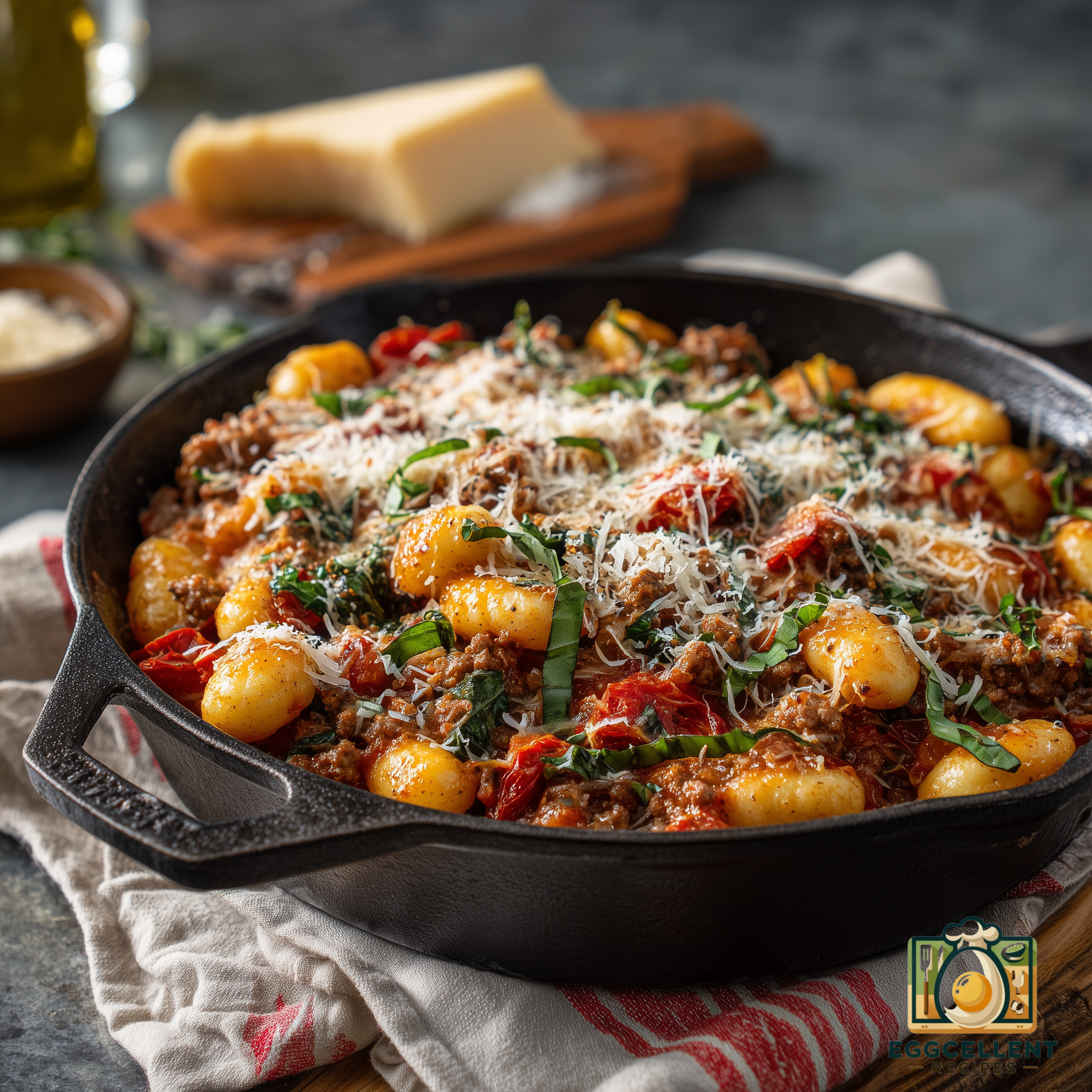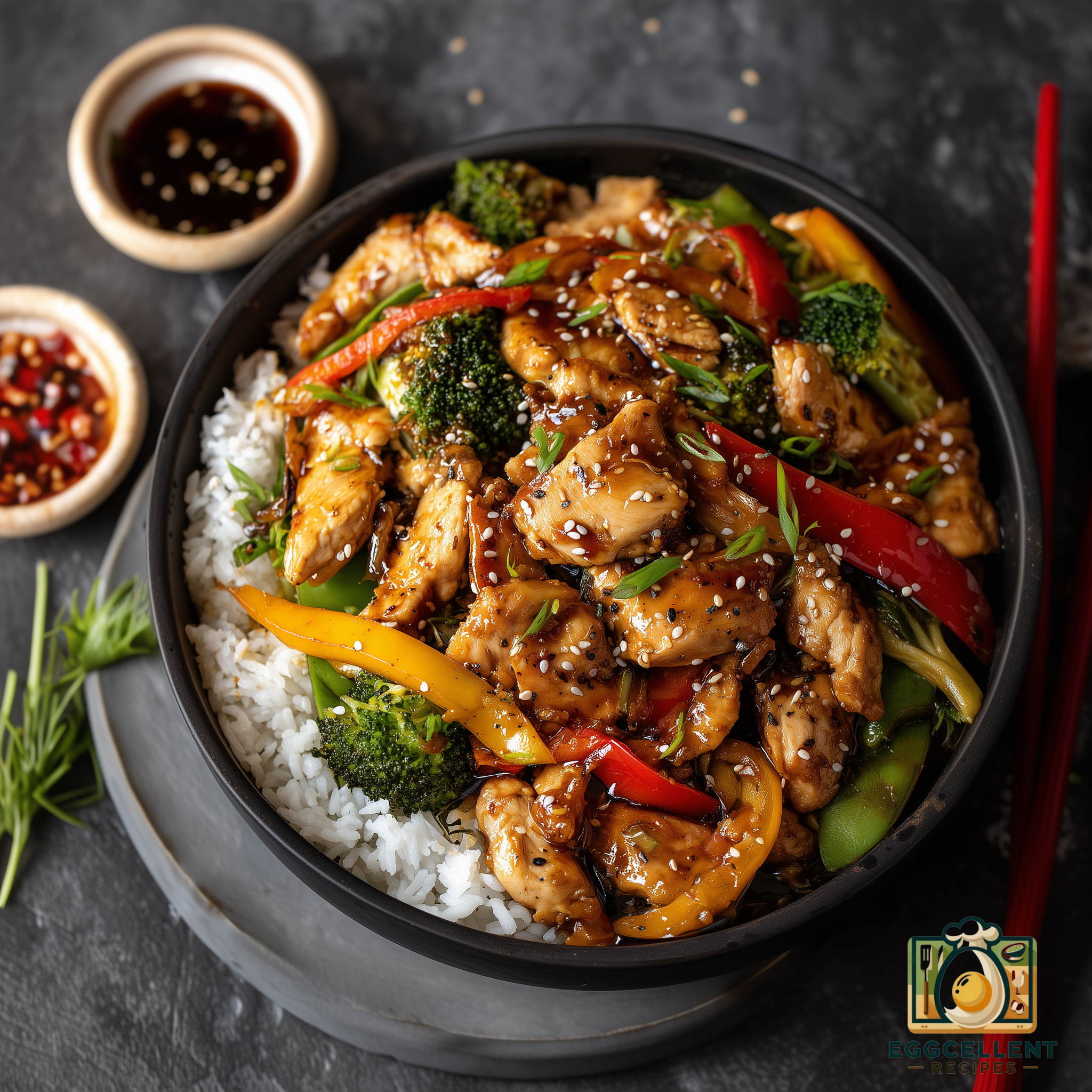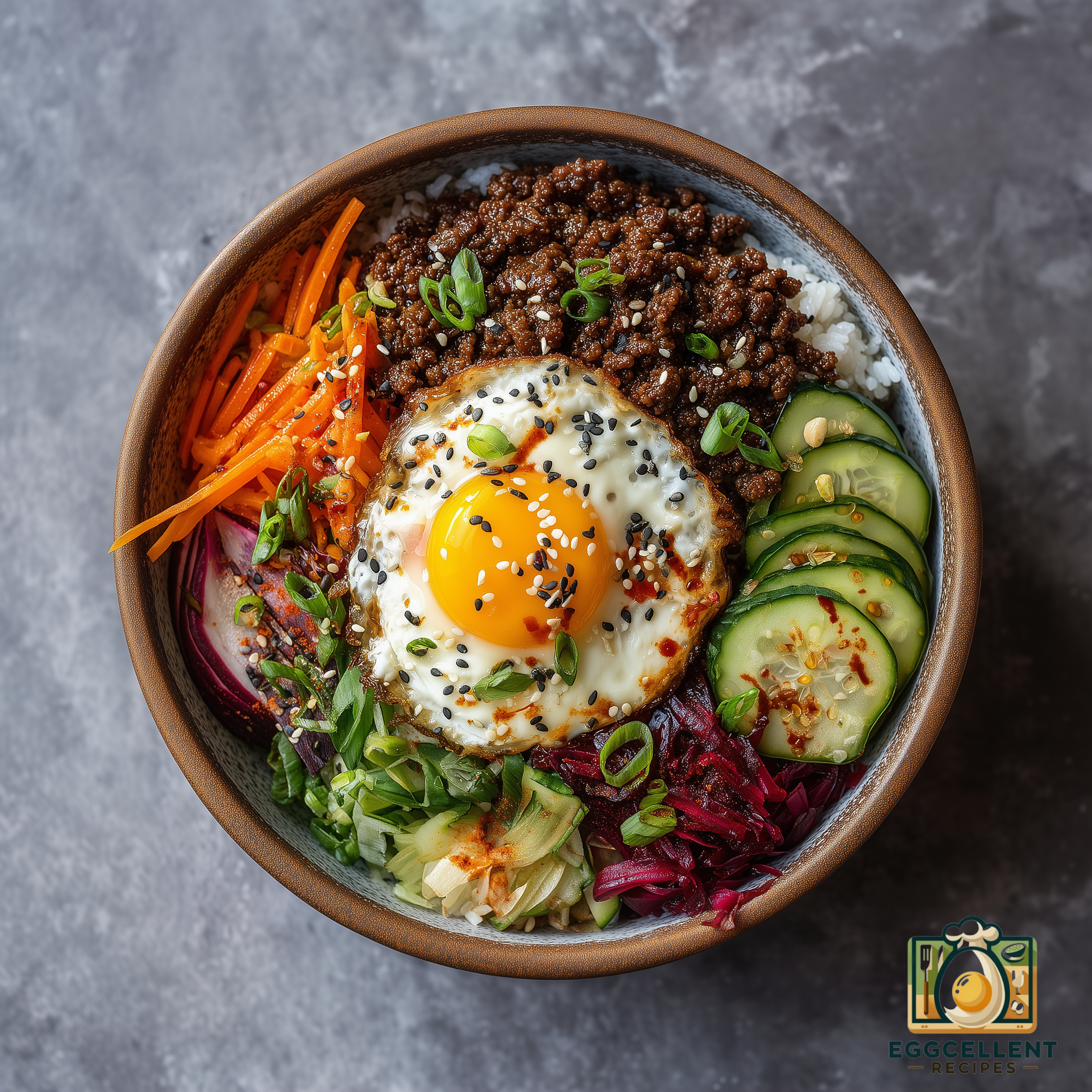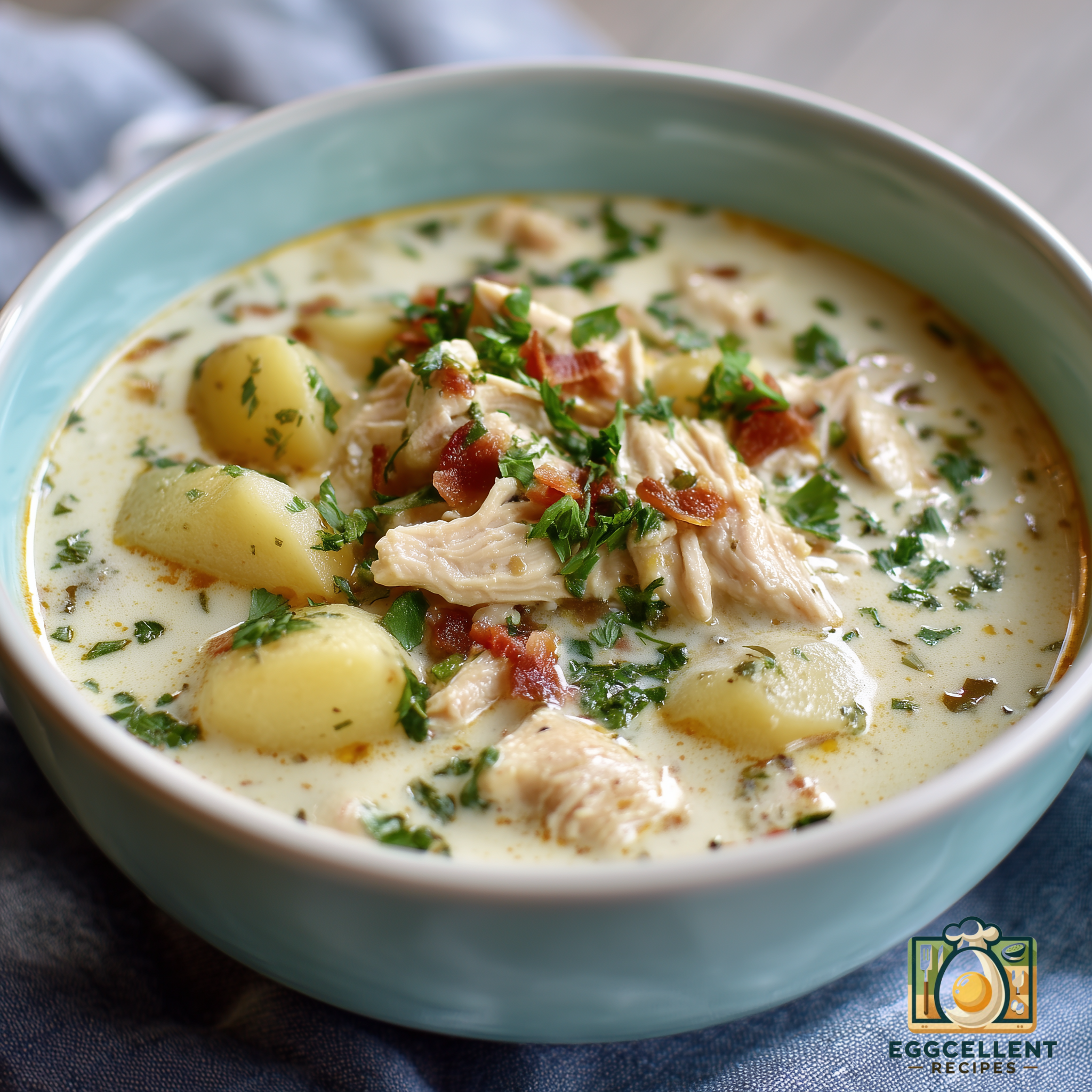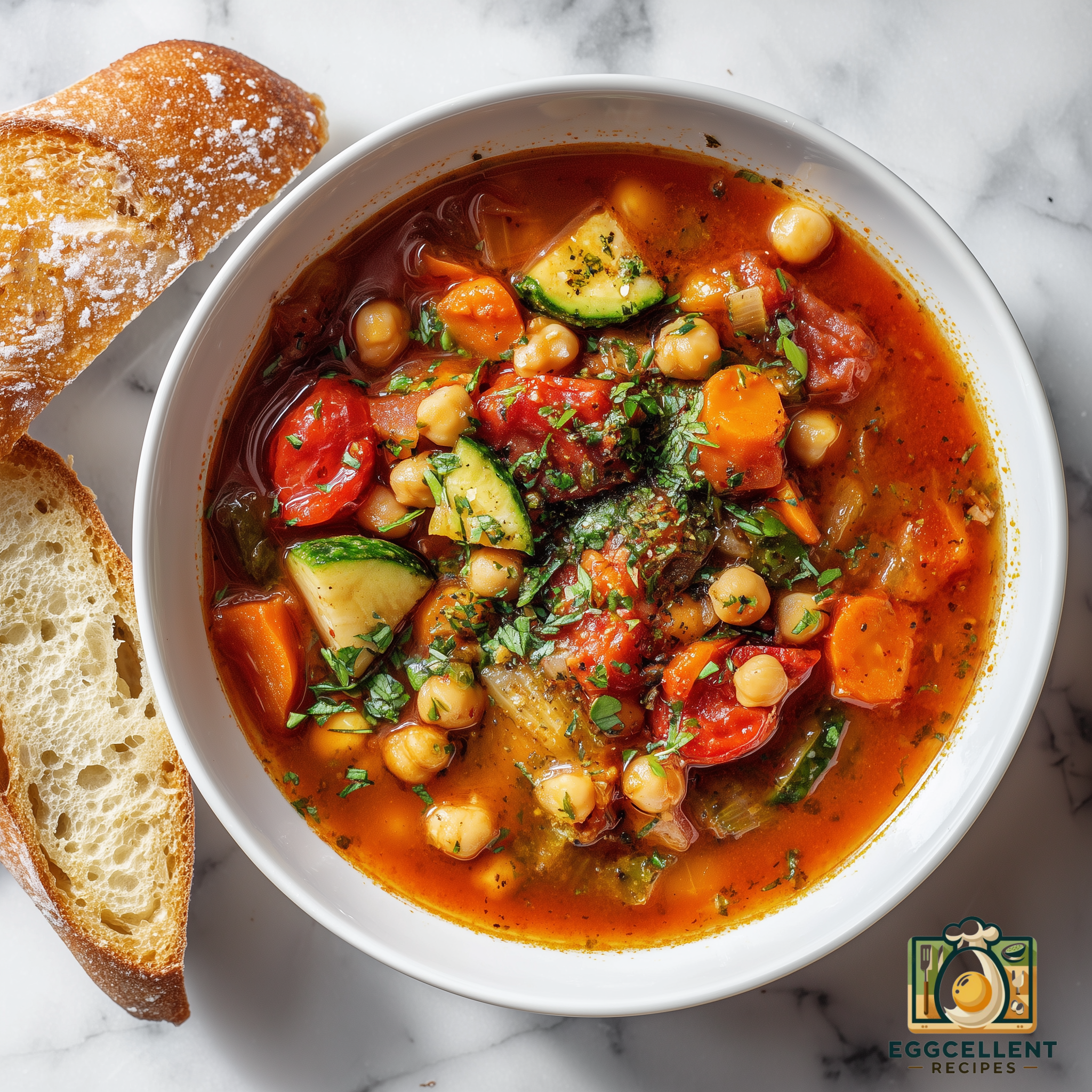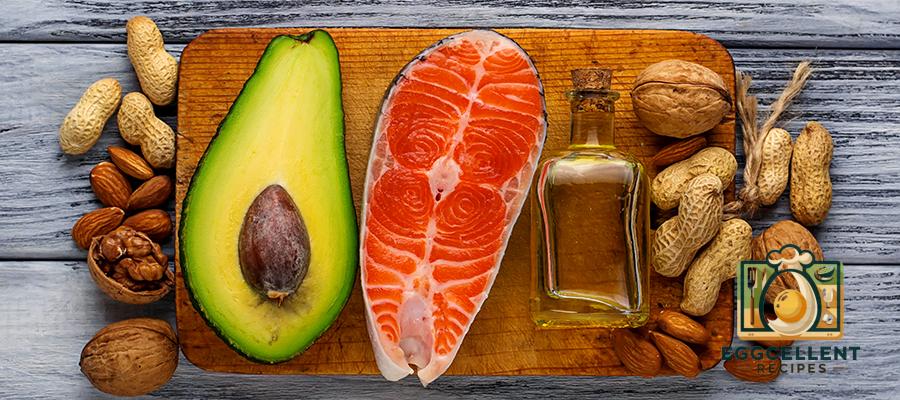
Fats aren’t the enemy they were once made out to be—especially if you’re consuming the right types. Healthy fats supply energy, support vitamin absorption, and promote various bodily functions, from hormone balance to brain health. Below, we’ll explore some top sources of healthy fats, why they’re beneficial, and how to work them into your daily meals.
1. Avocados
Why They’re Good
- Loaded with monounsaturated fatty acids (MUFAs) that support heart health
- High in fiber, aiding digestion and helping you feel full longer
- Rich in potassium, which can support normal blood pressure levels
Easy Ways to Enjoy
- Mash into guacamole with fresh lime juice, garlic, and a pinch of salt
- Top toast or salads for a creamy texture
- Blend into smoothies for extra creaminess
2. Fatty Fish (Salmon, Mackerel, Sardines)
Why They’re Good
- Excellent source of omega-3 fatty acids (EPA and DHA) linked to heart and brain health
- High-quality protein to support muscle maintenance and overall health
- May help lower triglycerides and reduce inflammation in the body
Easy Ways to Enjoy
- Grill or bake salmon fillets with herbs and lemon
- Use canned sardines or tuna in salads for a quick protein boost
- Try fish tacos with mackerel and plenty of fresh veggies
3. Nuts (Almonds, Walnuts, Pistachios)
Why They’re Good
- Contain a mix of monounsaturated and polyunsaturated fats for heart health
- Source of fiber, vitamins, and minerals (e.g., vitamin E, magnesium)
- Walnuts, in particular, offer plant-based omega-3s
Easy Ways to Enjoy
- Snack on a handful of mixed nuts or trail mix
- Sprinkle chopped nuts on oatmeal, yogurt, or salads
- Blend into homemade nut butter or pesto
4. Seeds (Chia, Flax, Pumpkin)
Why They’re Good
- Packed with healthy fats, particularly alpha-linolenic acid (ALA), a type of omega-3
- Fiber-rich to support healthy digestion and steady energy
- Provide essential minerals like magnesium and zinc
Easy Ways to Enjoy
- Stir chia seeds into yogurt or overnight oats for added texture and nutrients
- Add ground flaxseed to smoothies or baked goods
- Roast pumpkin seeds (pepitas) with light seasonings for a crunchy snack
5. Olive Oil
Why It’s Good
- High in monounsaturated fats, supporting healthy cholesterol levels
- A cornerstone of the Mediterranean diet, which is linked to numerous health benefits
- Contains antioxidants that help combat oxidative stress
Easy Ways to Enjoy
- Drizzle over salads or roasted vegetables
- Use in homemade dressings or marinades
- Lightly sauté or pan-sear foods (avoid very high heat to preserve its beneficial compounds)
6. Nut and Seed Butters
Why They’re Good
- Offer the same healthy fats and nutrients as whole nuts or seeds in a convenient spread
- A simple way to add protein, fiber, and heart-healthy fats to meals or snacks
- Versatile for both sweet and savory dishes
Easy Ways to Enjoy
- Spread on whole-grain toast or apple slices
- Stir into oatmeal or smoothies for a creamy texture
- Use in salad dressings, sauces, or baked goods
Tips for Incorporating Healthy Fats
- Balance is Key: While healthy fats are beneficial, they’re also calorie-dense. Keep portions in check to maintain a balanced diet.
- Pair with Other Nutrients: Combine healthy fats with protein and complex carbohydrates for a filling meal.
- Avoid Trans Fats: Check labels for hydrogenated or partially hydrogenated oils—common in processed snack foods.
- Opt for Quality: Choose extra virgin olive oil when possible, select wild-caught fatty fish, and look for minimally processed nut butters without added sugars or hydrogenated oils.
Final Thoughts
Healthy fats can contribute to better heart health, improved brain function, and sustained energy throughout the day. From avocados to fatty fish, these nutrient-rich foods allow you to enjoy flavorful dishes without compromising on wellness. By focusing on whole-food sources and balancing overall intake, you’ll unlock the benefits of healthy fats while keeping your meals both nourishing and delicious.

